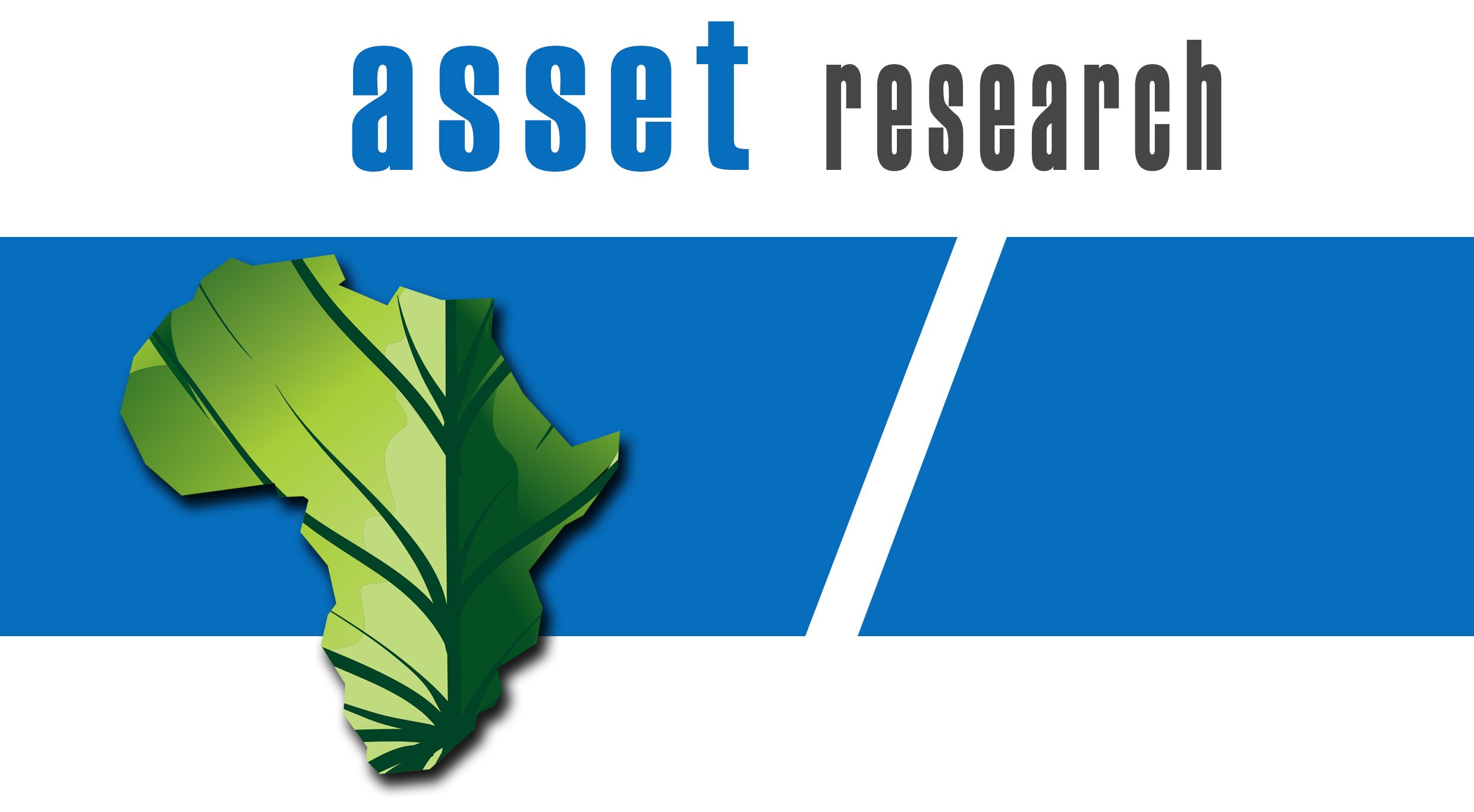Carbon Footprint: Western Cape Winter Cereal Region

Phase 1 of this project aimed to calculate the carbon footprint in kg carbon dioxide equivalent (CO2e) per ton of different winter grain farming regimes from existing data and a predicted ideal future scenario in the Western Cape. The current scenario includes the main inputs and yields for winter grain cultivation using the conventional (CT) and conservation agriculture (CA) farming regimes. The future scenario includes an ideal but realistic CA system predicted to be adopted by most grain producers twenty years into the future with corresponding inputs and yields. The results per commodity per region is calculated using the PAS 2050:2011 methodology for annual grain crops. These results and the total tonnage per region were used to calculate a weighted average carbon footprint per region and thereafter extrapolated to a snapshot current and future carbon footprint of the winter grain region in the Western Cape.
In addition to the regionalised carbon footprint results for the current and future scenario, hotspots with regard to farming inputs and at commodity level per hectare are also identified.
The carbon footprint results on a commodity level indicate a 3.5% decline in CO2e emissions per ton wheat between the CT to CA farming regime and a further 44% decline with the transition from CA to the Future CA regime. For the winter grain region as a whole, there is a 36% decline in CO2e emissions from the current farming regime scenario (CT and CA) to the future farming regime scenario (CA and Future CA) for all commodities. The current scenario farming input hotspot is synthetic N fertiliser which makes up 90% of fertiliser CO2e emissions. Fertilisers contribute 70% to total CO2e emissions per hectare in the current farming regime scenario. In the future scenario, the hotspot remains the application of synthetic N fertiliser, however, the contribution of this input to total CO2e emissions decreases to 61%. The commodity with the highest CO2e emissions per hectare is wheat, followed by canola and then barley in the current scenario. This ranking of commodities in the future scenario is first wheat followed by barley and then canola.
These findings support the transition of grain cultivation to a predominantly ideal CA farming regime in future as it is predicted to have reduced CO2e emissions with further beneficial synergies with the natural environment, economic value and social impact of the industry.
To complement the carbon footprint results, a soil health assessment was done under different practices in the regions identified. Two sampling locations were selected on specific farms in each of the seven sub-regions, one representing the local conventional tillage (CT) system and one representing the local CA system. For this assessment the Haney Soil Health Tool (SHT) was used, which is an integrated approach to soil testing using chemical and biological soil test data. The soil analyses result clearly indicate that the Swartland is more deprived in SOM than the Southern Cape and increases in severity as you move to the North, while the Southern sub-region of the Swartland starts to resemble soil health levels of the Southern Cape’s soil. The results show a direct relationship between soil health score and the SOC content. From the study sites sampled the differences appear to be highly influenced by environmental factors, and less by agricultural practices on the different farms. Fertiliser practices on certain sites do have a significant effect on some of the parameters. A worrying aspect is the high levels of inorganic phosphorous and nitrogen in some soils, indicating to an over-application of fertilisers. The absence of a residue cover in various fields sampled through long periods of the year, especially the CT systems, will lead to runoff, less infiltration, lower soil water content and less SOM build-up. To alleviate this problem attention should be given to improve the quality of the application and adaptation of CA principles within each situation.
Report
Annual Progress Report Phase 1 | 2017
Annual Progress Report Phase 2 | 2019
Annual Progress Report Phase 3 | 2020

